If you want to grow bigger, better and more tastier onions than you ever thought possible – then the best thing you can do is plant your onions this fall – and not next spring!
Most gardeners are very familiar with planting onions in the springtime. But as it turns out, fall is actually the better time to get them in the ground. In fact, it has several big advantages over spring planting that can help your onion crop to far superior results.
For starters, planting in the fall gives onions a head start at growing and establishing roots. And because they have more time in the soil, they can easily grow much larger. In addition, the soil is already at the perfect temperature for quick germination or sprouting in the fall, something onions often struggle with during the early spring months.
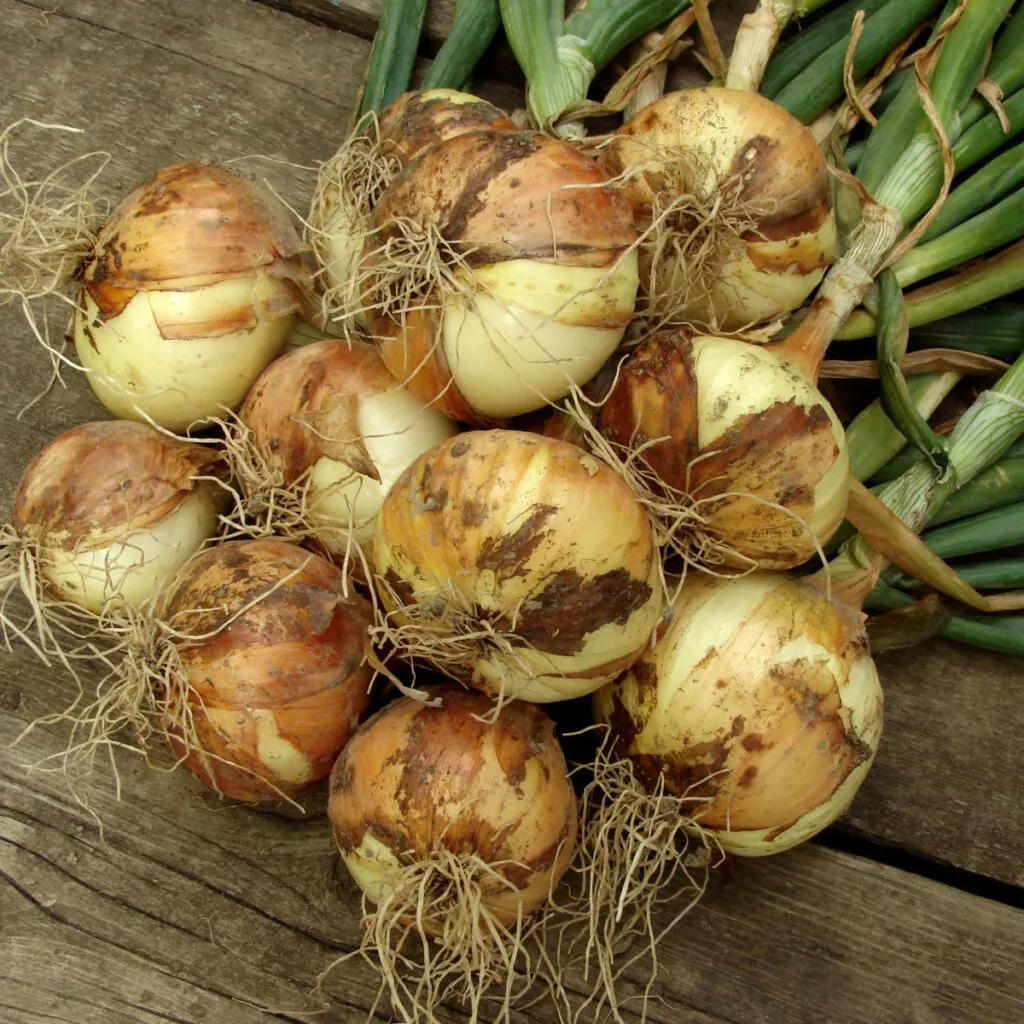
More Advantages – How To Plant Onions In The Fall
While there is nothing wrong with planting onions in the spring, you will get bigger, sweeter, and more flavor-packed onions by starting them in the fall. And even better, most fall-planted onions are ready for harvesting much sooner than ones started in the spring.
So why do fall onions tend to be bigger and more flavorful? In the early spring, the soil still hasn’t warmed up enough to really get onions germinating and growing fast. That is the same whether you are growing onions from seed or sets.
But in the fall, the soil’s temperature is perfect for sprouting. In addition, you don’t have to worry about all those spring rains messing with your planting dates or rotting out your crop in cool soil. Best of all, the cooler but still warmer fall air also lets the onions set their roots and grow fast.
But the real magic for fall planted onions happens over the winter. As they go dormant, the onions chill in the cool, winter soil. As they do, they develop a better flavor profile and more intense flavor.
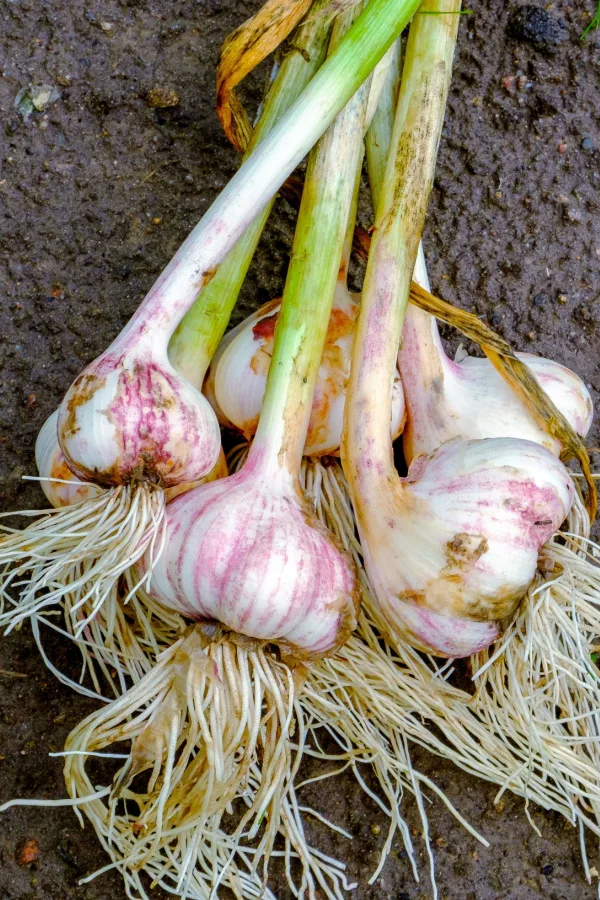
The same phenomenon occurs with fall planted garlic – both crops develop dramatically more flavor by simply chilling over the winter. Once spring arrives and the temperatures rise, they then come back to life, ready to fill out and grow even larger before being ready to harvest.
How To Plant, Grow & Maintain Fall Onions
Planting Fall Onions
Seeds Or Sets
You can grow onions from sets or from seeds, but it works better to use sets when planting in the fall. Seeds take a bit too long to germinate in the fall, resulting in plants that aren’t ready to handle the cold weather.
If you do decide to start your onions via seeds, get them in the ground at least 8 to 10 weeks before your first hard freeze. Unfortunately, this time frame is typically during the high heat of summer, making germination an issue. Instead, it’s best to go the route of onion sets for fall planting.
One thing that can be a bit challenging is finding onion sets late in the growing season. Check with your local garden centers and greenhouses, some will carry a selection of sets. Quite often, the better route for fall purchasing of sets is online.
Affiliate Onion Set Link : Red Onion Sets
Affiliate Onion Set Link : Red,Yellow,White or Mixed Onion Sets (50 bulbs)
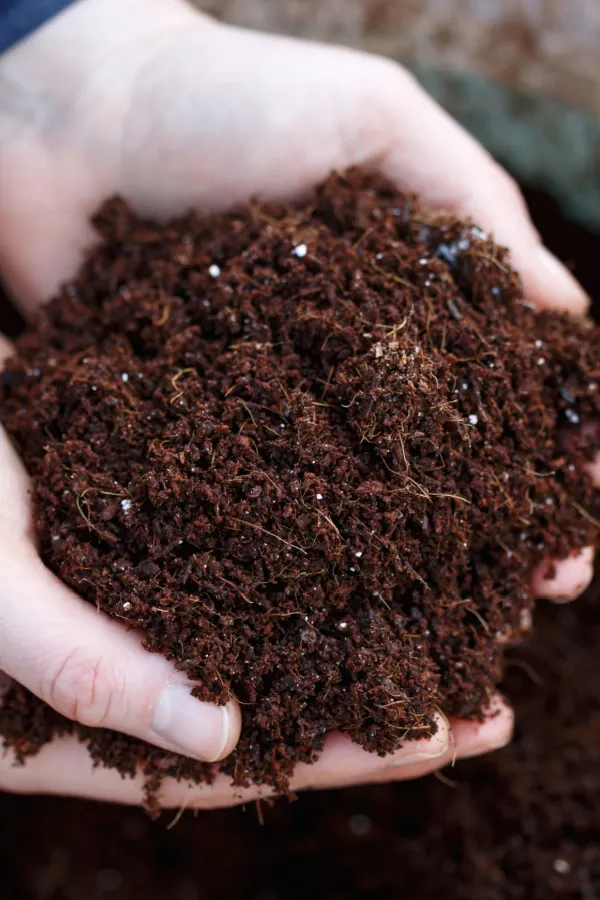
Preparations For Planting
When you plant fall onions will depend on your growing location. Basically, you want to aim for getting them in the ground 4 to 6 weeks before your first hard freeze or frost.
Onions grow best in soil that is nutrient rich and well-draining. Dense clay-like soil will prevent onions from expanding and growing to their full potential. For best results, amend heavy soils with equal parts sand and compost to improve drainage.
Creating a trench is an easy way to plant onions without having to dig multiple tiny holes. A mattock tool (sometimes referred to as a garden pick) can make quick work of creating the perfect-sized trench for onion sets. (Affiliate Product Link: Tabor Tools Pick Mattock)
The trench should be about 2 inches wide and 2 to 3 inches deep. In the bottom of the trench (or hole if you are going that route), add about an inch of finished compost. This compost will really help provide the onions with plenty of nutrients and energy for germination and fast growth.
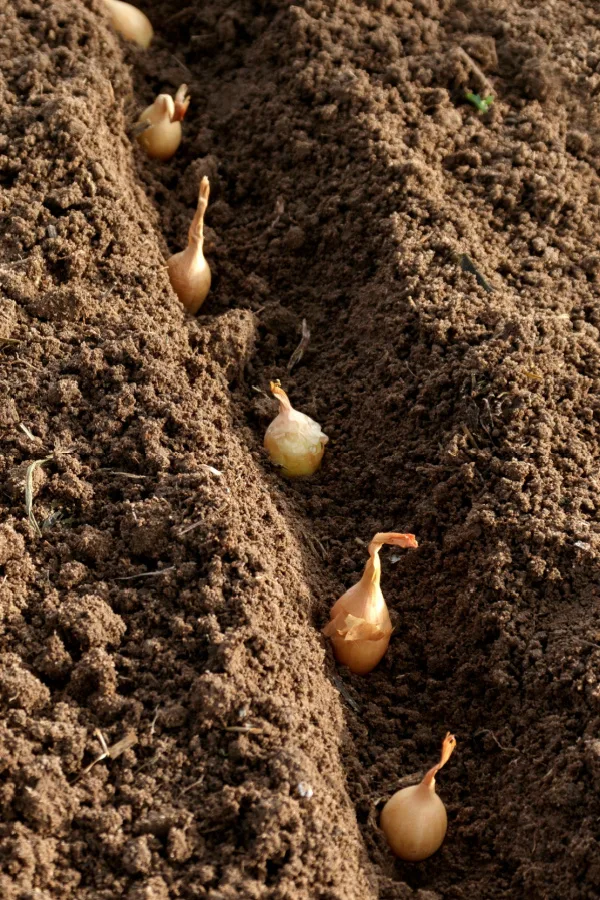
Planting The Onion Sets
Once your trench is created and the bottom filled with compost, it’s time to plant your onion sets. Place each set directly into the compost, ensuring that the pointy end is facing up toward the sky. Space additional onions between 4 to 6 inches apart.
This spacing will allow the onions to have enough space to grow without crowding before harvesting. If you plant additional rows, alternate the onion set spacing so they are between the ones in the previous row. This will allow you to get plenty of onions planted in smaller spaces.
After your sets are in the ground, cover them with soil so they are about ½ to ¾ inch below the soil line. This is deep enough to have them set strong roots, but shallow enough to allow them to sprout quickly.
Mulch Right
The last part of planting your fall onion sets is to cover the space lightly with a 1-inch layer of organic mulch. Straw or shredded leaves work great for mulching onion sets.

Only do a thin layer at the time of planting so the sets can still sprout during the early fall weeks. The mulch will help to combat competing weeds as well as help to retain moisture, which is key to getting the onion sets to sprout.
As soon as you mulch, water the onions to help provide them the moisture they need for germination. Continue to water every couple of days if it doesn’t rain until you see the onions sprouting. After that, you can back off on watering unless it doesn’t rain for a week or more in the fall. Weekly waterings are more than fine to keep the crop growing well.
Winter & Spring Care
Once the cold of winter hits, the fall-planted onions will go dormant. You no longer need to water the plants during this time. You do, however, need to add a few more inches of mulch. Ensure that you have at least 4 inches so the young onion plants can be protected throughout winter.
Once spring arrives, the onions will start to grow again and push up through the mulch. If you need to, add a few more inches of mulch to help prevent competing weeds in the early spring.
You can harvest your fall-planted onions at any point. Grab them early as tender, young green onions, or wait until they are full-size. If you start to see flowers, be sure to cut them off as soon as possible. Allowing flowers to remain takes a lot of power away from the bulb and can effect its flavor and size.
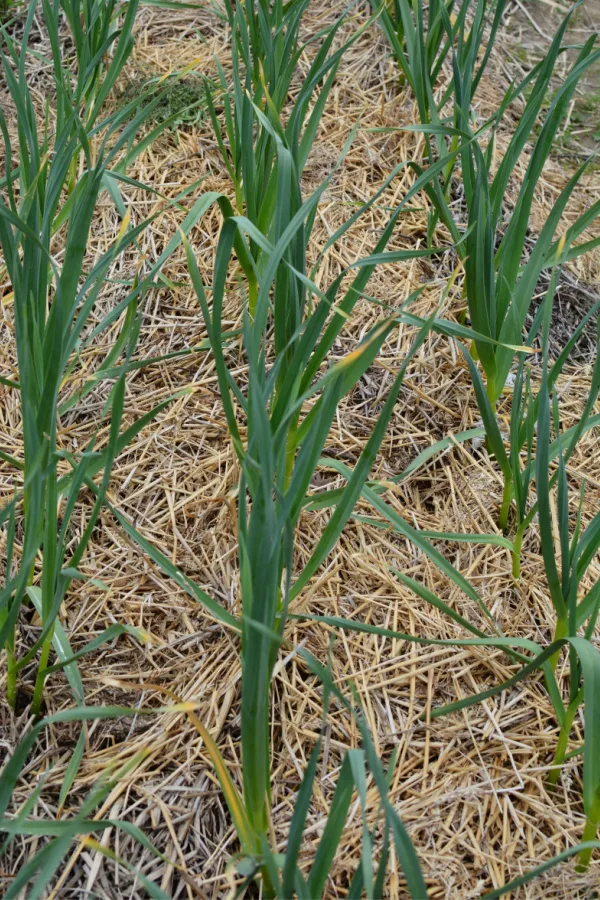
One thing is for sure – by planting your onions in the fall as opposed to the spring, you will be rewarded with the biggest and best-tasting onions you’ve ever grown!
Follow Our Facebook Page For Even More Great Tips! Simple Garden Life Facebook Page
Simple Garden Life is a website dedicated to keeping gardening fun, simple and enjoyable! We publish two new articles each week along with a new garden podcast episode every two weeks. This article may contain affiliate links.
